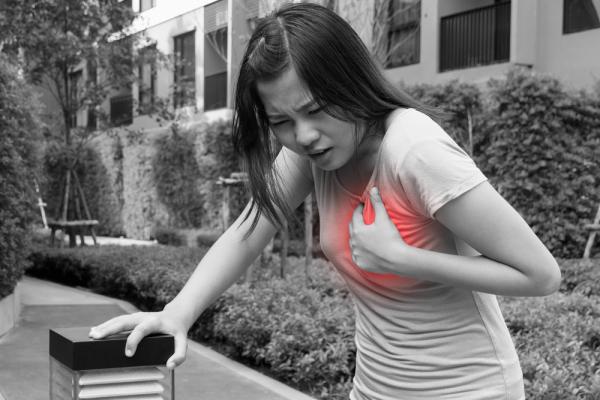When an artery feeding the heart (coronary artery) becomes blocked by plaque or a blood clot, the heart muscle fed by that artery suffers from lack of oxygen and nutrients. If the block goes on long enough, that area of muscle dies — and that’s what we call a heart attack or myocardial infarction. If the area is large enough, the person dies too, unless something is done to quickly restore blood flow.
Of course, lowering cholesterol with drugs and decreasing incipient blockages by angioplasty are two effective ways to prevent such events. A new study suggests that a particular type of bacterium — Synechococcus elongates (SE) — just might be the key to preventing damage when a blockage does occur.
SE belongs to a class of bacteria known as cyanobacteria; like green plants they can convert light energy to chemical energy — they produce glucose and oxygen through the process of photosynthesis.
Dr. Jeffrey E. Cohen from the Stanford University School of Medicine and colleagues found that, using cultures of rat heart muscle cells (cardiomyocytes), addition of SE and light extended the survival of these cells under low oxygen conditions (hypoxia). Further, they found that when such cells were co-cultured with SE under light, the oxygen levels were higher than when they were co-cultured in the dark, suggesting that photosynthesis was occurring in the light, as it would in green plants.
Then the investigators moved on to whole animal experiments. Rats were subjected to acute ischemia, and their hearts were injected with either SE that had been incubated in the light or in the dark. When the former group of hearts was exposed to light post injection (via incisions in the chest wall) the level of oxygen in the tissues were nearly 25-fold greater than at the lowest point post-ischemia, compared to hearts treated with SE in the dark or a saline control, which showed only a threefold increase in oxygen.
In addition, the investigators monitored the surface temperature of the hearts in the experimental conditions as a index of the metabolic competence of the tissues. While the hearts injected with SE under light maintained their surface temperature in the ischemic region, the control group’s surface temperature in that region decreased over time — indicating decreased metabolic activity.
Hearts injected with SE under light also functioned better than the control group’s hearts, with a significant reduction in biomarkers of cardiac damage, and a significantly augmented left ventricle ejection fraction.1
While these data provide a new and possibly efficacious way to preserve cardiac function after an acute heart attack, the main drawback is, of course, that the SE bacteria must be exposed to light in order to undergo photosynthesis. However, the authors note:
“a new chlorophyll pigment, chlorophyll f, that absorbs light in the infrared spectrum [heat], was identified in other cyanobacteria; using a strain of cyanobacteria active in the far-red spectrum could potentially allow for transcutaneous delivery of energy. Combining transcutaneous energy delivery with percutaneous or intracoronary administration of S. elongatus would be a promising step toward human translation.”
While the technique of using some form of SE bacteria is certainly still in the preliminary stages, it is an innovative means of improving heart function and perhaps preventing the damage to the heart muscle consequent on an interruption of blood flow. It bears further watching.
1 Ejection fraction: the percent of the blood volume in the left ventricle that leaves the heart in one beat. A measure of cardiac function.




